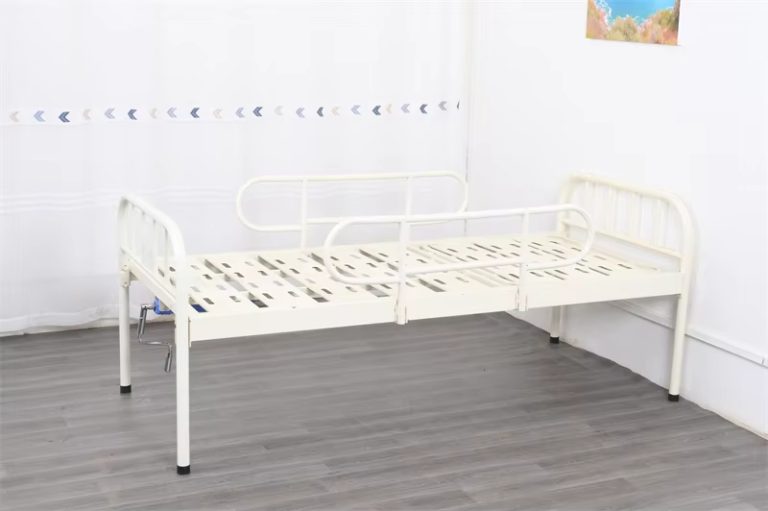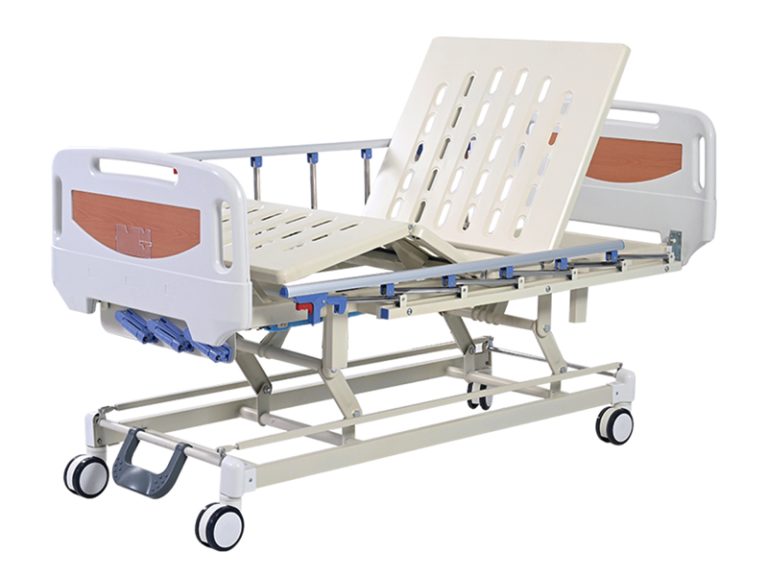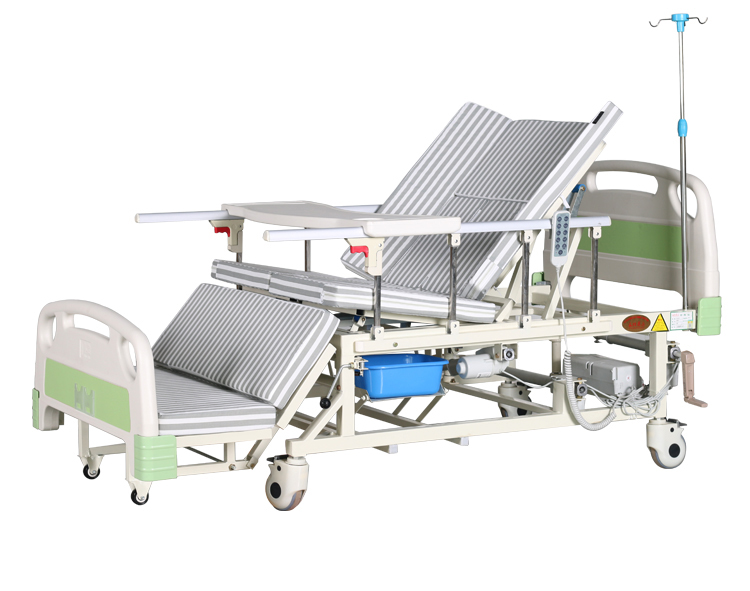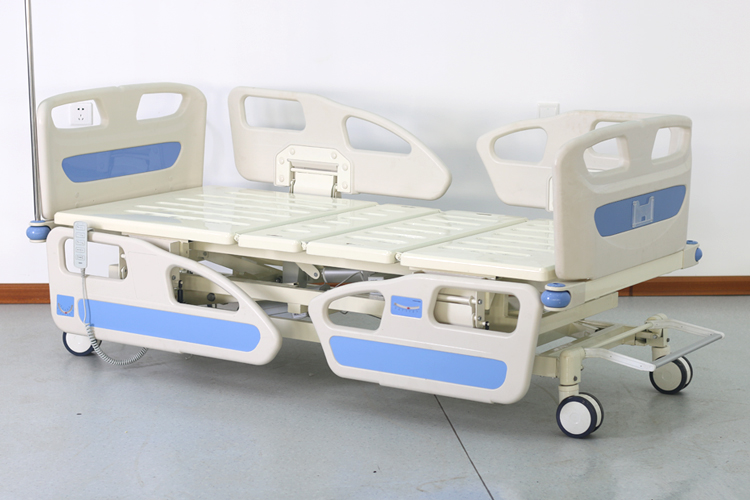How much does a hospital bed cost?
Hospital bed costs span a broad spectrum, typically from $250 to upwards of $12,000. The…
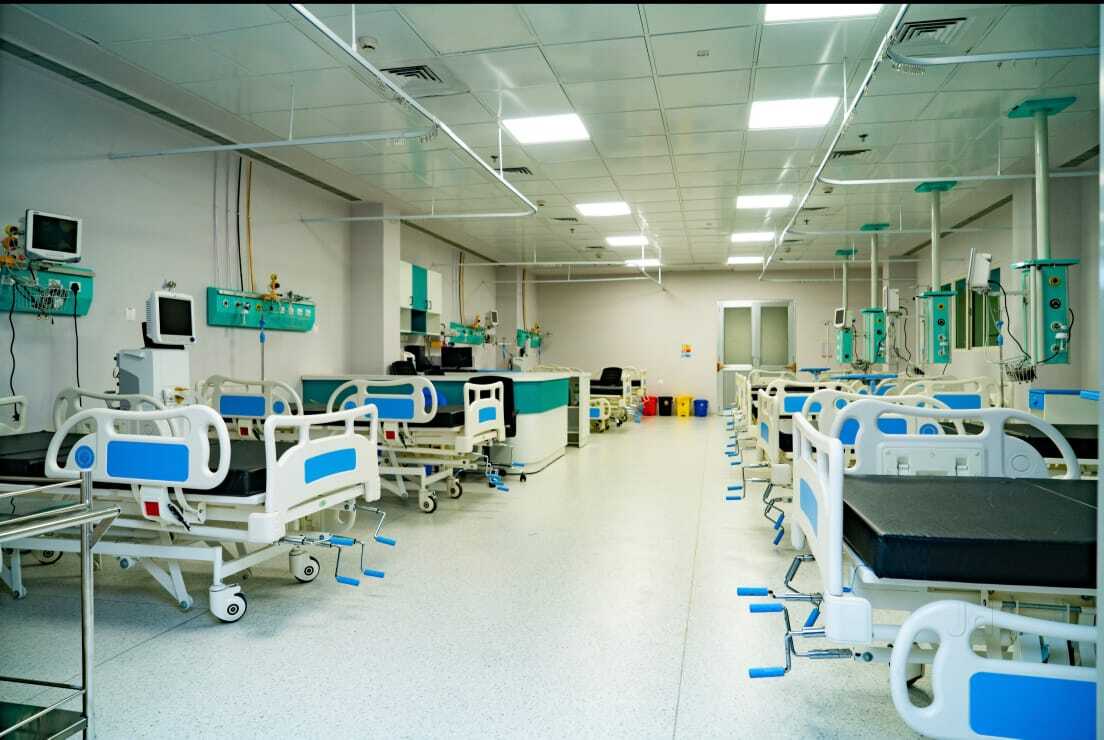
Hospital bed costs span a broad spectrum, typically from $250 to upwards of $12,000. The ultimate price hinges on elements such as the bed’s type, features, condition (whether it’s new or pre-owned), and if it comes with accessories. Hospital beds intended for home use usually sit at the lower end of this price scale, whereas specialized or commercial-grade beds for medical institutions tend to be pricier. Gaining an understanding of these variables is crucial for finding a bed that matches both your requirements and budget.
First off, the condition of the bed—new or pre-owned—has a considerable effect on the cost. New beds offer the guarantee of reliability and often come with warranties. However, pre-owned, refurbished, or reconditioned models can lower expenses by 30% to 50% in many instances. Rentals are also a cost-effective choice if you only need a bed for a short time (for example, during post-surgery recovery), with weekly rates usually starting at $50 to $150.
Cost Breakdown by Hospital Bed Type
Different bed types are made to meet various needs, from basic adjustability to specialized medical functions, and their prices show this variety. The table below lists typical price ranges and key details for common hospital bed types:
| Type | New Price Range | Pre-Owned/Refurbished Range | Key Features & Use Cases |
|---|---|---|---|
| Manual Hospital Bed | $250 – $1,000 | Under $250 | Adjustments for height, head, and foot are done with a hand crank; no electrical parts; perfect for short-term use when you’re on a budget. |
| Semi-Electric Bed | $700 – $1,900 | $300 – $700 | Head and foot positioning are controlled electrically; a manual crank is used for height adjustment; a good mix of convenience and cost. |
| Full Electric Bed | $900 – $8,000 | $500 – $2,000 | All adjustments are controlled fully by electricity (all functions via remote); best for long-term use or for users with limited ability to move around. |
| Bariatric Electric Bed | $3,000 – $11,000 | $1,000 – $4,000 | Has a reinforced frame, a wider surface (up to 54 inches), and a higher weight capacity (400+ lbs); made for heavier patients. |
| Specialty Hospital Bed | $4,000 – $12,000 | $1,500 – $5,000 | Includes low-entry beds (to prevent falls), rotation therapy beds (for taking care of pressure ulcers), or ICU-grade beds with advanced monitoring capabilities. |
Additional Costs to Consider
The base price of the bed frame seldom includes all the necessary accessories—these extra items can make your total spending go up by several hundred dollars. Here’s what you can expect to pay for common extras:
- Mattress: Very important for comfort and relieving pressure. Foam mattresses cost $80 – $500, while specialized ones (alternating pressure, bariatric, or therapeutic) range from $500 – $2,000 when new. Pre-owned mattresses are often under $200.
- Safety & Support Accessories: Bed rails, bedside handles, or pull bars cost $40 – $280 new (under $40 if pre-owned). Overhead trapeze stands (to help patients move) range from $300 – $800 new.
- Convenience Items: Height-adjustable overbed tray tables are $50 – $200 new; waterproof mattress protectors cost $60 – $360 new (under $50 if pre-owned).
- Fees: Shipping and delivery add $50 – $200, depending on where you are. For international buys, customs duties and installation fees (for complex electric beds) might apply.
Key Factors That Influence Hospital Bed Prices
Apart from the type and condition, several main factors cause price differences among hospital beds:
- Materials & Construction: Beds made with heavy-duty steel (for durability) or rust-resistant materials cost more than those with lightweight aluminum frames.
- Specialized Features: Advanced functions like a built-in scale, USB ports, or compatibility with medical devices (e.g., IV poles) increase costs.
- Brand Reputation: Established brands (known for reliability and customer support) charge a premium—often 10% to 20% more than generic or lesser-known manufacturers.
- Aesthetics: Beds designed to match home decor (e.g., wood-grain finishes) may cost more than practical, hospital-style models.
- Warranty & Service: Longer warranties (2+ years for frames, 1 year for motors) or 24/7 customer support add to the initial cost but reduce risks in the long run.
Note: Prices can change due to market fluctuations, supply chain issues, and regional demand. To get the best value, compare quotes from multiple suppliers, ask about package deals (bed + mattress + rails), and check if insurance covers part of the cost for medically necessary beds.

